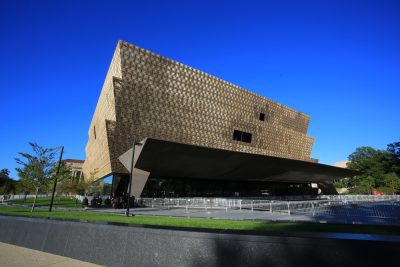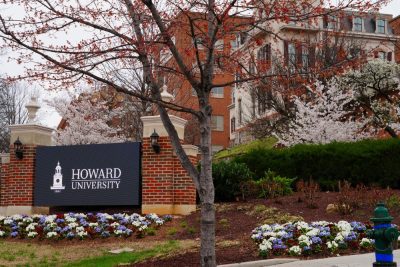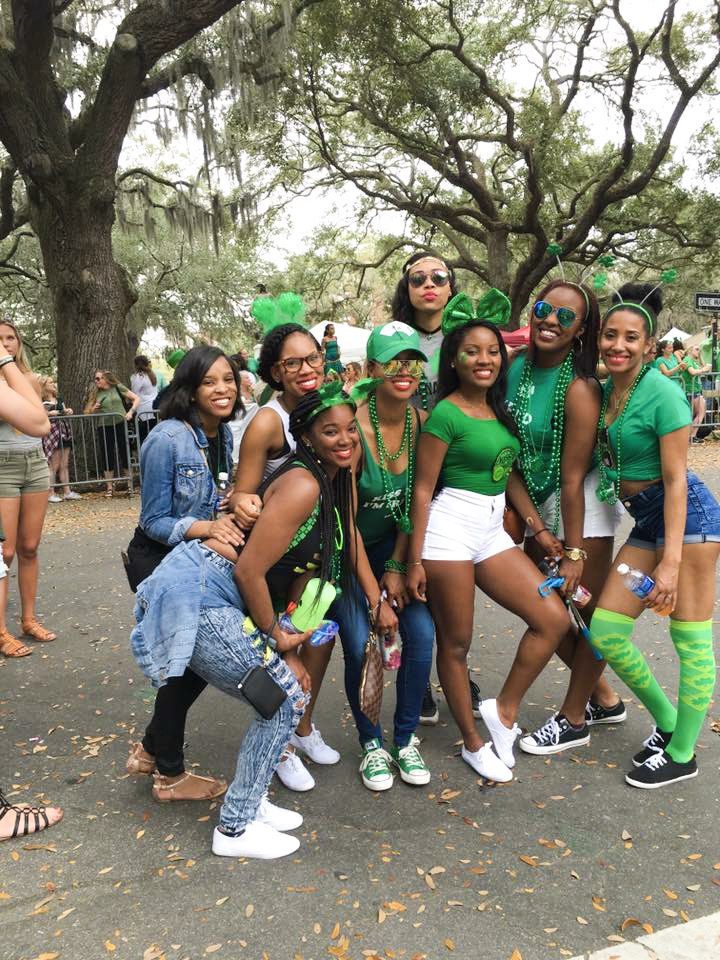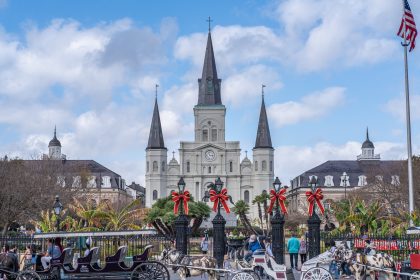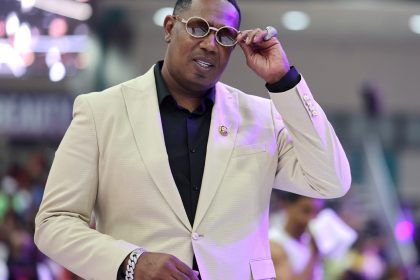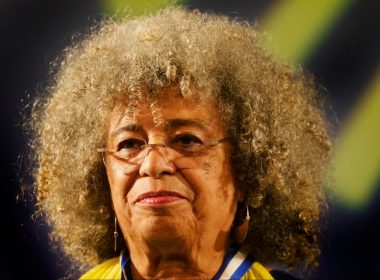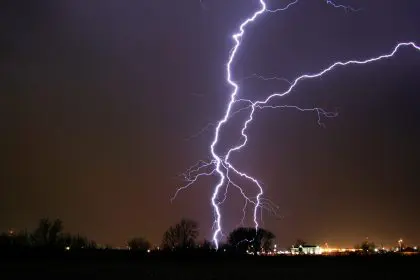So much of Black history comes from New Orleans. The soulful southern city brought in the second most African descendants, only behind Charleston, South Carolina, and brought a lot to the culture many people do not know about.
Recently, rolling out spoke to Gia Hamilton, the curator and executive director at The New Orleans African American Museum, to go more in-depth about the roots and her role in keeping that cultured history alive.
What is your responsibility to encapsulate New Orleans’ Black history in a single museum?
At the New Orleans African American Museum, we are a series of historic buildings on an almost two-acre campus in the oldest Black neighborhood in the country … Black people who came to New Orleans and settled also went into all parts of America, all parts of the globe and then left a certain imprint.
There’s something very unique about working at the New Orleans African American Museum right now, bringing it back to life and helping people understand the importance of this little square mile neighborhood called Tremé.
What can visitors expect to learn about Tremé?
Claude Tremé was a French colonial businessman who began to sell property to people of color … in the late 1700s and early 1800s, we find that lots of property, up to 20% of housing stock in Tremé, was owned by Black women.
Let’s think about the status of women in Anglophone America in the 17 and 1800s. Women were the property of their husbands, their fathers, and their uncles. The patriarch of their family and big decisions were made by men.
[Here] in this little neighborhood called Tremé, Black women own property in their name. What we know about America is that one of the ways we build wealth is by land ownership and by being able to pass on generational wealth through that equity.
So that’s a big deal right off the bat. The second thing I’ve learned through my family lineage is that my father was a jazz pianist with Preservation Hall Charlie Hamilton. So, I’ve learned a lot through my family. [Still,] Tremé is also the birthplace of jazz … Black people contributed to every industry in New Orleans.
A little-known fact is the very first skyscraper in New Orleans was designed by a Black architect, funded by Black people through a social aid and pleasure club, and constructed by Black constructors. Notice, I didn’t say the first Black skyscraper; I said the first skyscraper in the city, which is an eight-story building called the Pythian.
What else do you have going on at the museum?
Every third Saturday, we open our museum up. It’s free, and we bring in teaching artists, performers, creatives, and Black businesses to create a little mini-festival experience for anyone who, maybe in the past, felt a little trepidatious about going into a museum. So, we create an environment that makes our museum welcome to everyone, and that’s the point. The next is on Feb. 3, and the other is on Feb. 17.




